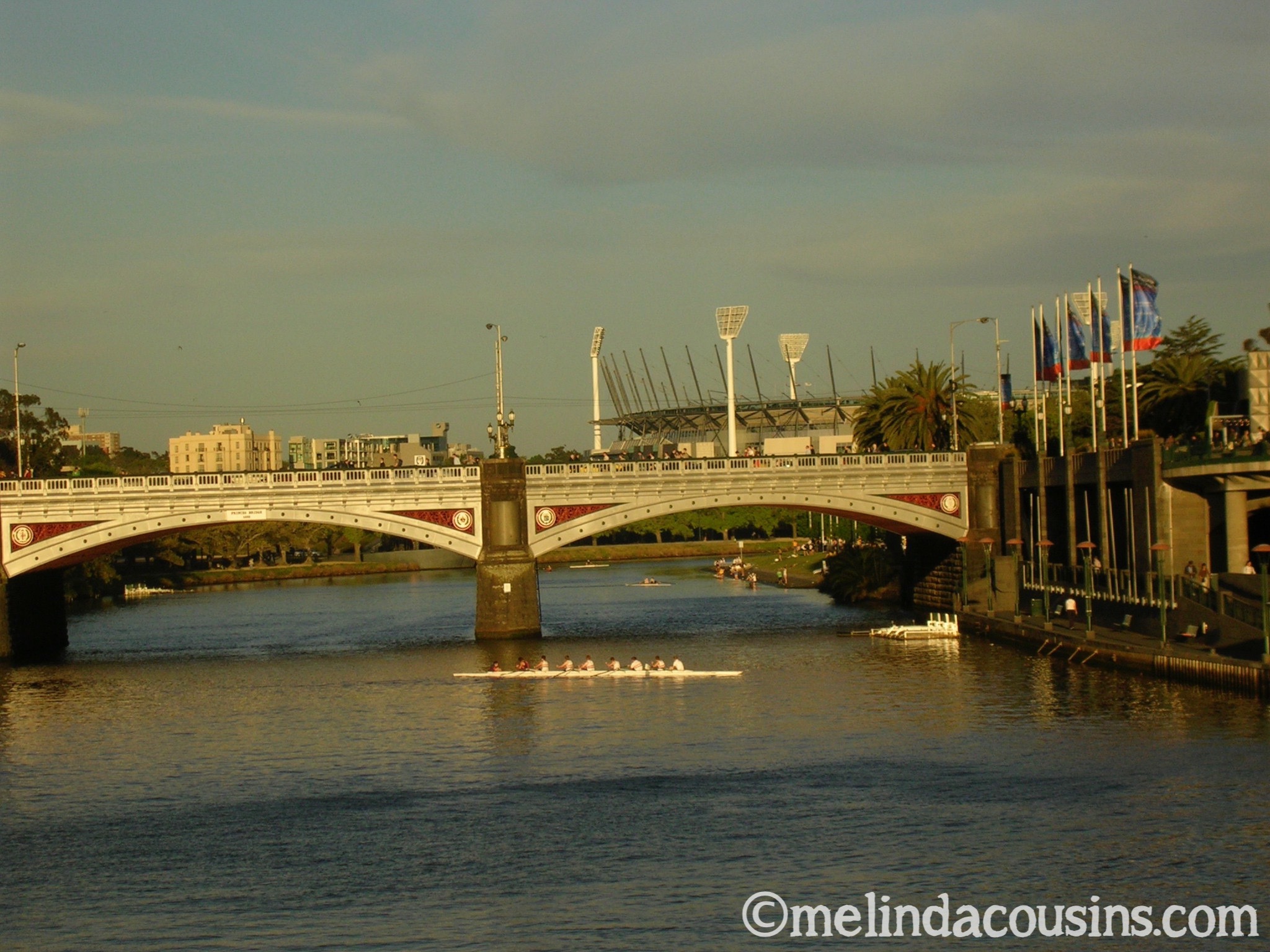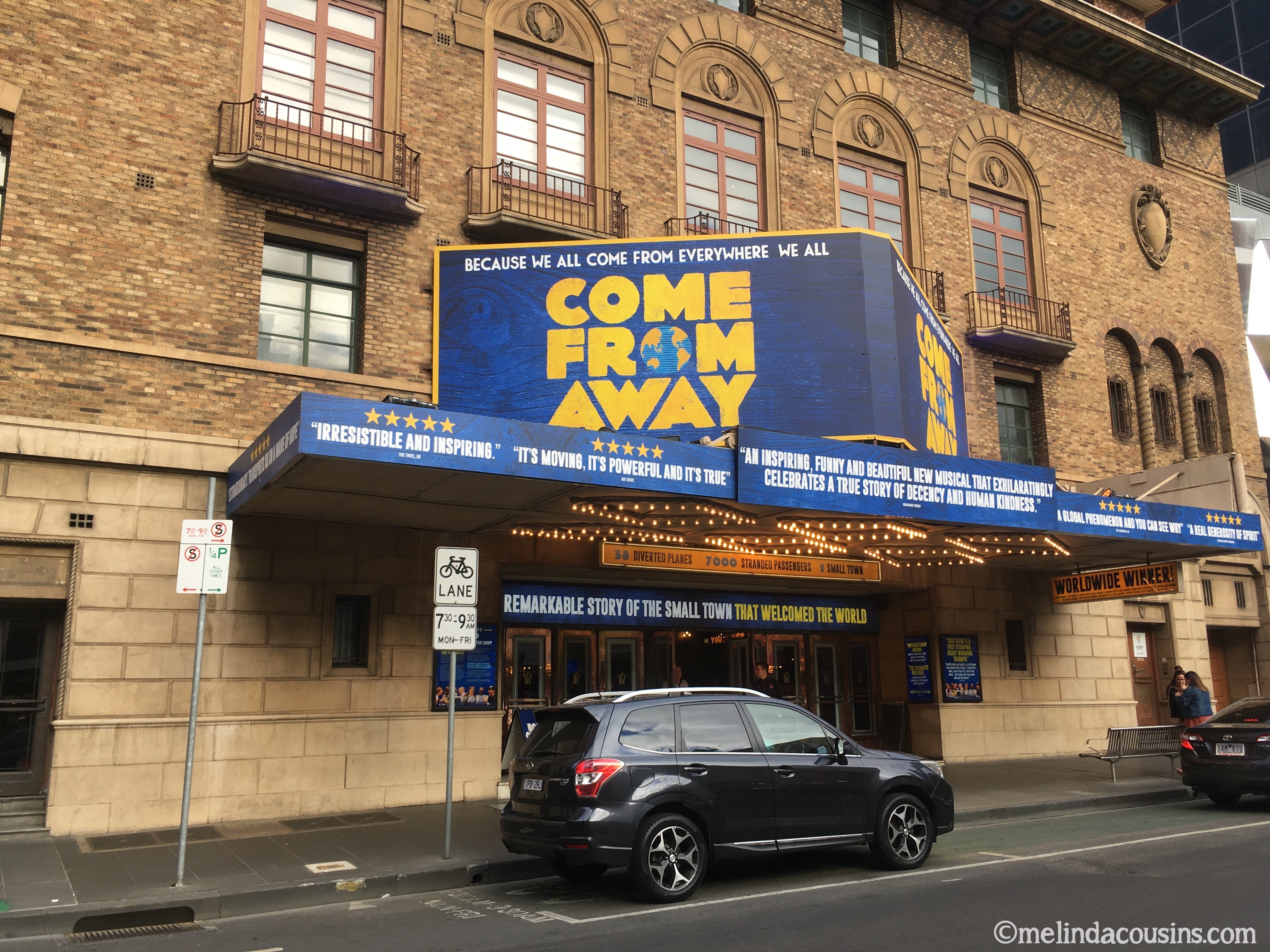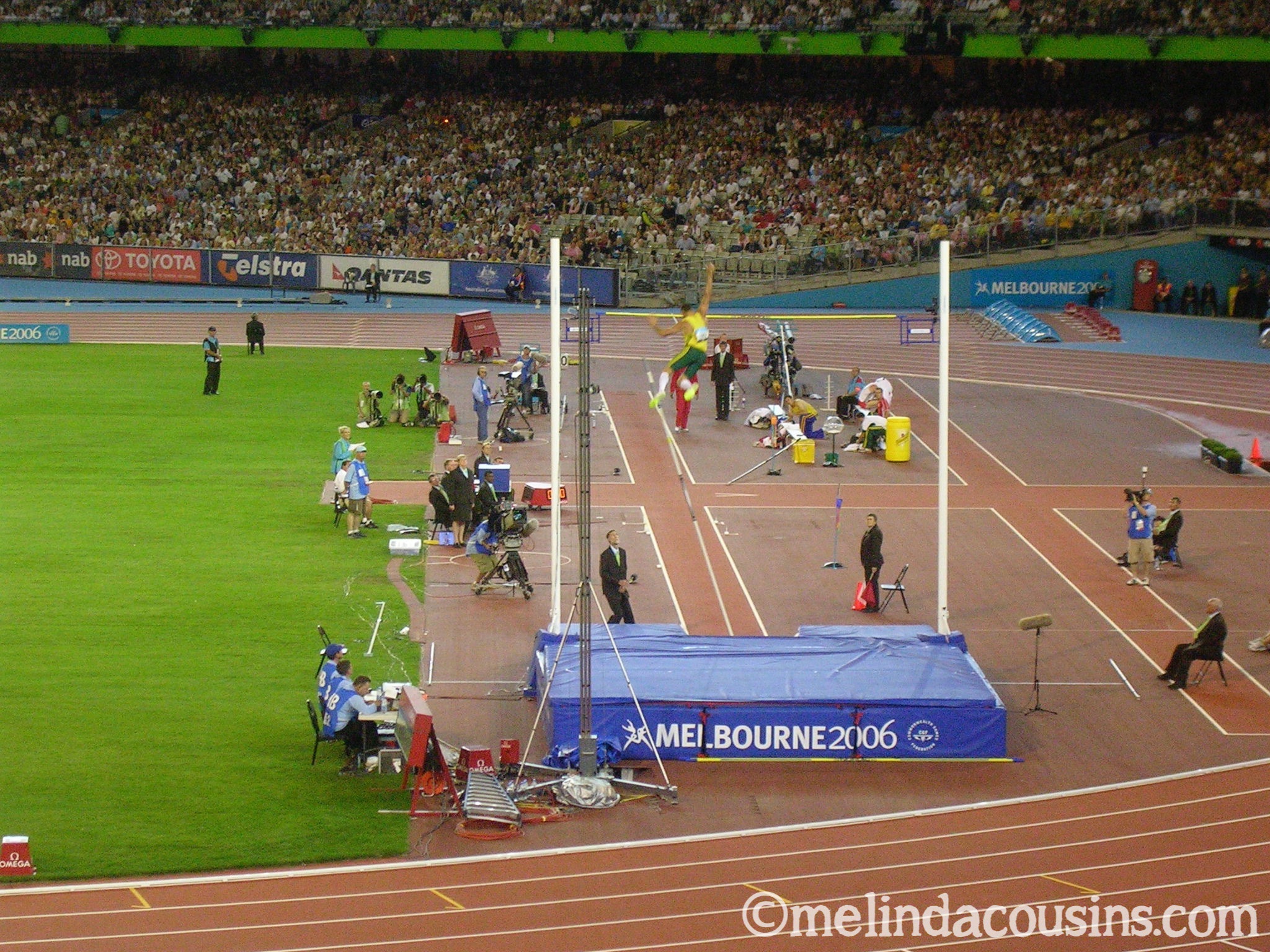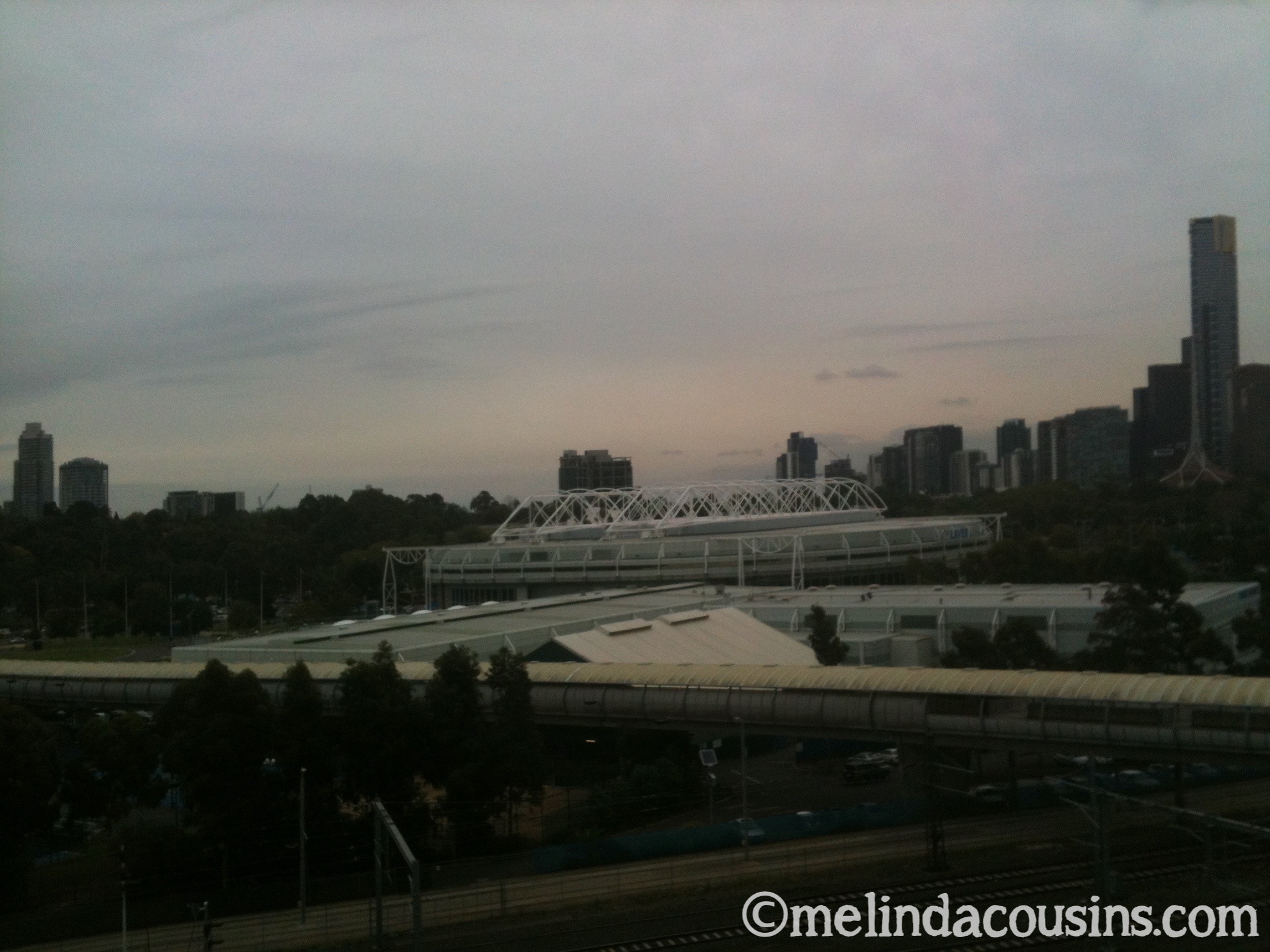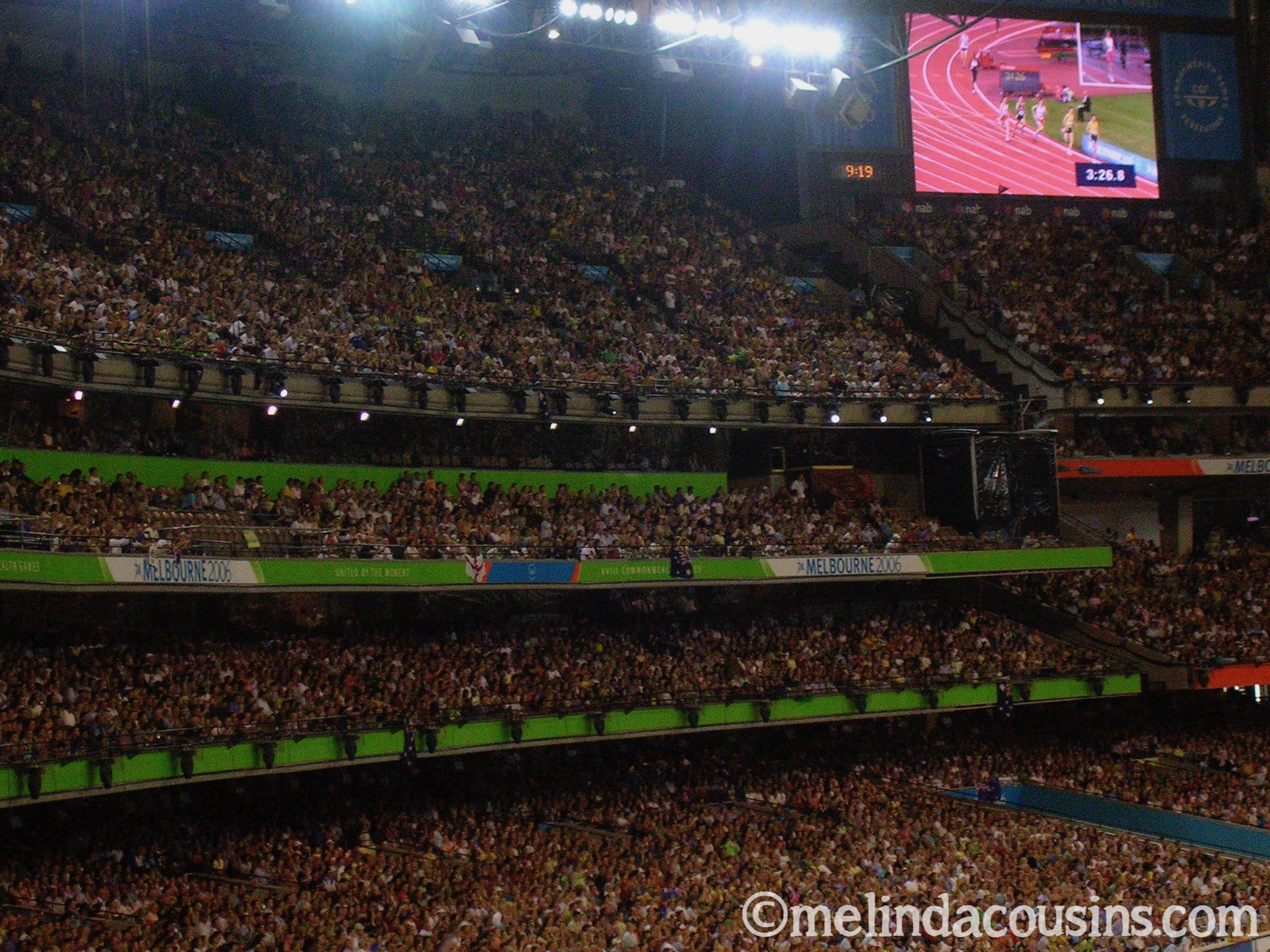I don’t speak for anyone but myself, but I doubt anyone who knows me would be surprised to hear I will be voting “YES” in the Australian constitutional referendum next week.
As I have listened to Aboriginal sisters and brothers, particularly my fellow Christian leaders, I hear gracious, gentle, and careful, yet firm and overwhelming, encouragement to do so. Some have acknowledged that this proposal is not perfect, as no proposal ever could be. But it is a step forward, and the only alternative on the table is the status quo. A wise, godly Gurindji woman I sat with on her country late last year summed it up this way: “We are extending a hand of friendship to you, to walk forward together. If you slap that hand away, where can we go from there?”
“We are extending a hand of friendship to you, to walk forward together. If you slap that hand away, where can we go from there?”
I’m happy to share publicly how I will be voting on this, because if the referendum is unsuccessful, I will be disappointed – and I don’t have a very good poker face. More importantly, I will want to be asking lots of questions about what else we will do instead. My only previous experience of voting in a referendum is the one where the “no” vote resulted in us essentially taking the whole topic of conversation off the national agenda for the next 25 years. I can’t bear the thought that that could be what happens with regards to reconciliation in this country.
This referendum is the culmination of an unprecedented consultation process that was supported by both major political parties and sought to listen to Aboriginal and Torres Strait Islander representatives from across the nation. The Uluru Statement from the Heart is addressed to the Australian public from Aboriginal people, and asks for substantiative and structural reform that they believe will make a difference in their communities, including a Constitutional Voice. It saddens me that this grassroots proposal after years of consultation has become unhelpfully politicised through campaigns of misinformation and now risks being rejected because of which party people associate it with.
There’s been a lot of talk about division. In some sense, referenda are inherently divisive: they divide us into those who vote yes and those who vote no. Which means we are already “divided” in the sense that we hold different views. In 1967, our nation was divided between the 90% who voted to count Aboriginal people in the population of our nation, and the 10% who said no even to that. Whatever happens next Saturday, there will be that simple division because a referendum is a blunt instrument. As is any election. We don’t get to vote on all the individual policies proposed by each political party, we get to select a candidate to represent us. Democracy itself is far from perfect, but that’s how it works: we acknowledge our different views, and we seek a majority consensus in order to move forward. And then, at our best, we seek to walk together with everyone regardless of how they voted. The polarisation of political debate around the world in recent decades exasperates me because it seems we are losing the ability to move forward at all when we disagree. We can choose a different way, but using the idea that disagreement or division in itself is intolerable isn’t going to help us get there.
There’s also been a lot of talk about details and blank cheques, which perhaps betrays the lack of engagement Australians have with our Constitution. It is not a details document. It doesn’t even mention the role of the Prime Minister! It sets out broad principles and then gives the government of the day the power to legislate all the details … and gives future elected governments the power to change those details. I believe this referendum is quite a modest proposal. All it guarantees moving forward is that there will be a body called the Voice. If successful, it will be up to our members of parliament (all of them, including those who strongly opposed the Voice or have serious questions about it) to discuss, debate and together determine the details of how it will work. A proposal to put all the details in the Constitution would actually be far more problematic, binding ourselves to a particular process rather than to an outcome.
“If you’re not sure, find out more.”
I’ve been particularly disturbed by the call to ignorance, i.e. “If you don’t know, vote no.” As far as slogans go, I much prefer, “If you’re not sure, find out more.” As citizens in a democracy, it is both our privilege and I believe our obligation to make an informed decision, to listen and learn and to not give in to the temptation to retreat to our echo chambers. It can be difficult to listen to those we disagree with, and difficult to sort out truth from fear. And it’s even easier to opt out when for us non-indigenous Australians, there isn’t really that much at stake. I grieve for my Aboriginal sisters and brothers who have had to endure months of too many people talking about “them” as an issue rather than as people.
As a follower of Jesus, I’m drawn to the Bible’s calls towards humility, mercy, and justice. To putting the needs of others above our own, lifting up those who have been downtrodden, and owning up to our own mistakes as well as the privileges of the wealth and power we have inherited at others’ expense. I’m horrified by the disparities in our nation and the realities of the generational impact of our history. If there is a step that those affected believe will bring healing and restoration, why wouldn’t we take it? As a student of the Old Testament, I’m also challenged by the role of land and therefore the idea of what I call “groundedness” – the profound truth that God meets people within their time and place, and that therefore our own location matters and responding well to that is a discipleship question. This means I have to reckon with what it means to follow Jesus as a non-indigenous person in this land.
As a Baptist, I also believe in freedom of conscience and so I understand that others might bristle at the thought that I am telling them what to do or how to vote. That is not my intention. But I also don’t want that freedom to become an excuse for staying silent or not robustly participating in the political questions of our day. While the gospel is never partisan, it always has political implications, and we must continue to wrestle together with how best to demonstrate our love for Jesus and love for our neighbours in practice at a national as well as individual level. For me, I’m not sure how else to do that here, than to trust that taking the hand of friendship offered and walking forward together is a better choice than standing still apart.
O people, the LORD has told you what is good, and this is what he requires of you: to do what is right, to love mercy, and to walk humbly with your God.
Micah 6:8
Artwork by Safina Stewart, Common Grace



